On 24 October 2025, 13.00-14.30, Joseph Fiifi Fosu-Ankrah will defend his thesis at Leiden University. His thesis is based on the research in the Madina project, which studies modalities of coexistence in the multi-religious suburb Madina, Accra, and involves a collaboration between the African Studies Center, Leiden University, The Institute of African Studies, University of Ghana, and our Religious Matters program. It is the first of four dissertations to be defended. Here you can read a summary of this ground-breaking work.
The audience can livestream the thesis defense via the LU website: https://www.universiteitleiden.nl/agenda/2025/10/common-grounds-urban-spaces-everyday-religious-encounters-and-the-dynamics-and-techniques-of-coexistence-in-madina-accra-1959–present
Common Grounds: Urban Spaces, Everyday Religious Encounters, and the Dynamics and Techniques of Coexistence in Madina, Accra (1959–Present)
Joseph Fiifi Fosu-Ankrah
Introduction
This dissertation examines the historical and contemporary dynamics of coexistence in Madina, one of Ghana’s most religiously and ethnically diverse urban neighbourhoods, located in Accra. Madina also possesses a distinctly transnational character, shaped by the presence of migrant communities originating from the Sahelian region, as well as from countries such as Nigeria, Côte d’Ivoire, Togo, Libya, and Egypt. Emerging from the broader Madina Project, the study investigates how people of different faiths and social backgrounds inhabit, share, endeavour to avoid violent conflict, and negotiate shared urban space in their everyday lives. It examines how coexistence is sustained in a city that is characterised by both collaboration and tension. The study argues that the art of living together is constantly shaped by the economic, social, and moral realities of urban life.
Anchored in the interdisciplinary intersections of African History, Urban Anthropology, Religious Studies, and Sociology, the research situates Madina as a microcosm of postcolonial African urbanism: a space where plurality is lived, contested, and continually redefined. Madina’s story mirrors the larger narrative of Ghana’s urban transformation, migration, and religious diversification since independence, thus reflecting how urban spaces become sites of negotiation between difference and shared belonging.
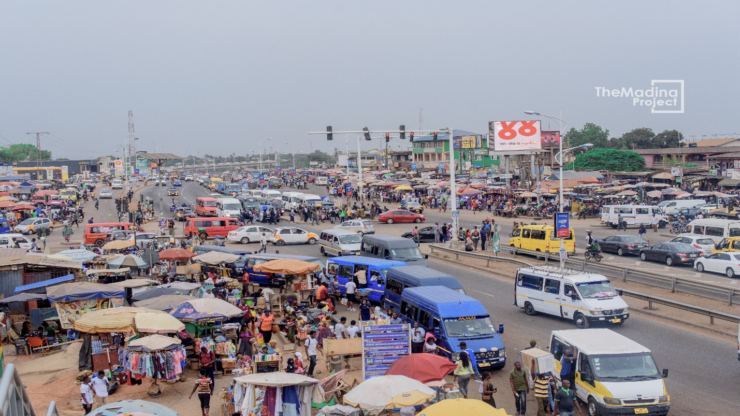
Figure 1: Madina Zongo Junction (one of the research sites)
Historical Context: Madina (1959–Present)
Madina was founded in 1959 as a planned settlement to ease population pressure in Accra. Initially inhabited by Muslim migrants from northern Ghana and neighbouring West African countries, it soon attracted Christians and other groups from across the country. This early mixture of ethnicity and religion produced a diverse and vibrant social landscape that has persisted through decades of urban expansion.
Over time, Madina evolved from a small settlement into one of Accra’s most dynamic suburbs. Migration, market growth, and infrastructural development reshaped its physical and social fabric. From the 1960s to the 1980s, trade networks and religious institutions such as mosques, churches, and shrines took root, hence fostering a plural urban ethos. The economic reforms of the 1980s and 1990s deepened this plurality, attracting new populations and intensifying interreligious encounters.
In the contemporary era, Madina reflects the tensions and possibilities of urban diversity. The proliferation of Pentecostal churches, Islamic reform movements, and civic organisations has transformed the religious landscape. Yet, despite growing visibility and competition, residents continue to maintain a culture of coexistence through everyday acts of negotiation, compromise, and respect.
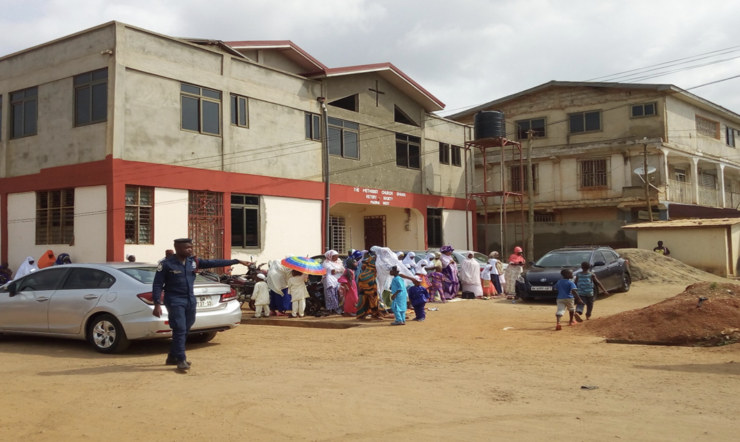
Figure 2: Muslims praying in front of a Methodist Church during an Eid Festivity
Methodology and Conceptual Reflections on Coexistence
Methodologically, the research combines historical and ethnographic approaches to capture the layered nature of coexistence. It employs archival and newspaper research, oral history, participant observation, and spatial analysis. Archival materials and newspapers provided a historical foundation for tracing Madina’s growth, as well as the question of coexistence, since its establishment in 1959. Oral histories from settlers, religious leaders, traders, and transport workers illuminate the human experiences that underpin urban transformation and how these have shaped the nature of coexistence in Madina.
Ethnographic fieldwork in Madina West involved close observation of daily interactions in markets, lorry parks, mosques, churches, and recreational spaces. These public sites serve as nodes where people of different faiths engage in commerce, conversation, and contestation. The methodology thus integrates historical depth with ethnographic immediacy, producing a holistic understanding of how coexistence unfolds across time and space.
As indicated earlier, the interdisciplinary framework of the research draws from ethnographic history, urban anthropology, and the sociology of religion. From ethnographic history, it takes the view that daily practices and historical processes are intertwined—the past informs the present, even as contemporary realities reshape historical memory. Urban anthropology offers the lens through which the city is seen as a living laboratory, a space of constant movement and improvisation where social relations are continually tested and transformed in precarious shared spaces.

Figure 3: Muslim Women observing an Eid Festivity at a Section of the Lorry Park at Zongo Junction
The concept of coexistence is treated as a dynamic and performative process rather than a fixed condition. It consists of what the study calls techniques of coexistence—pragmatic strategies people employ to manage diversity in proximity. Among these are unfriendly tolerance (restrained acceptance of difference), performative dissent (symbolic expressions of disagreement that affirm identity without hostility), social distancing, deliberate and selective forgetfulness, and avoidance. Together, these techniques reveal coexistence as a lived negotiation rather than an achieved ideal.
The study thus underscores the notion of pragmatic coexistence, which underscores the role of material interdependence and shared urban livelihoods in sustaining peaceful relations. Coexistence is thus understood as a moral economy built on trust, reciprocity, mutual suspicion, and necessity—a fragile yet resilient social fabric constantly remade through practice.
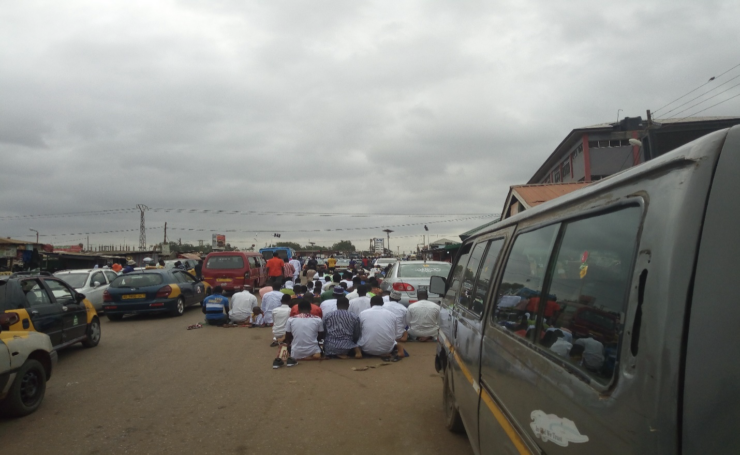
Figure 4: Muslim observing an Eid Festivity in the Middle of the Road at Zongo Junction
Research Focus and Rationale
The central concern of the dissertation was to understand how coexistence is produced, maintained, and contested within Madina’s shared spaces. It asks how individuals and communities navigate proximity and difference, and what practical techniques they employ to sustain social harmony in a plural environment. The study moves beyond simplistic binaries that frame interreligious relations as either peaceful or conflictual. Instead, it argues that coexistence is a continuum, a delicate balance of cooperation, avoidance, and adaptation that enables people to inhabit shared spaces without erasing difference.
Religious coexistence, as the study shows, is primarily driven by pragmatic and material relationships. Economic exchanges, neighbourhood cooperation, and access to urban resources compel diverse groups to engage one another daily. Theological ideals, while not absent, serve as interpretive frameworks rather than as the basis of these interactions. In this sense, coexistence is less a moral aspiration than a practical necessity, which is rooted in shared survival and mediated by everyday encounters.
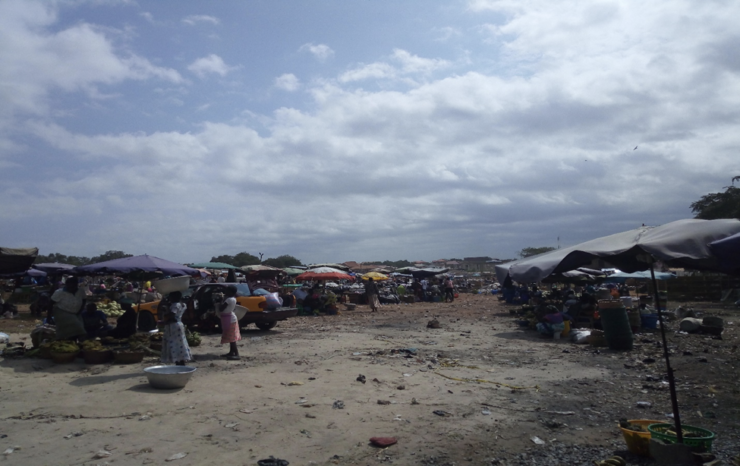
Figure 5: A Section of the Jamaica Market in Madina (another research site)
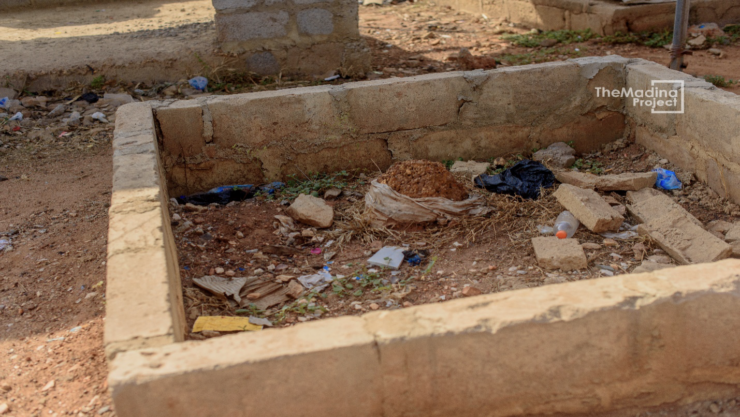
Figure 6: The Kla Deity at the Jamaica Market (Kla is a titulary deity of the market)
Selected Findings
The study finds that coexistence in Madina is anchored in material interdependence. Economic life—trading, transport, and housing—binds people of different faiths together in networks of trust and obligation. The marketplace, for instance, emerges as a vital space of social learning, where people engage across religious boundaries through shared interests and moral codes of fairness. Similarly, lorry parks and neighbourhood associations function as practical forums for cooperation, where the need for efficiency and livelihood outweighs doctrinal difference.
The analysis further demonstrates that coexistence is sustained through a repertoire of everyday techniques that balance difference with civility. These include maintaining silence, engaging in polite avoidance, social distancing, unfriendly tolerance, and invoking shared values of respect and community. Such techniques do not eliminate tension but contain it within manageable limits, thus preventing minor frictions from escalating into open conflict.
Boundaries between religious groups are fluid rather than fixed. Interactions in commerce, neighbourhood events, and family relations often blur the lines of religious identity. Yet, boundaries are also reaffirmed, when necessary, particularly during electoral contests or public debates over morality and noise. Coexistence, therefore, is not the absence of division but the continual management of its consequences.
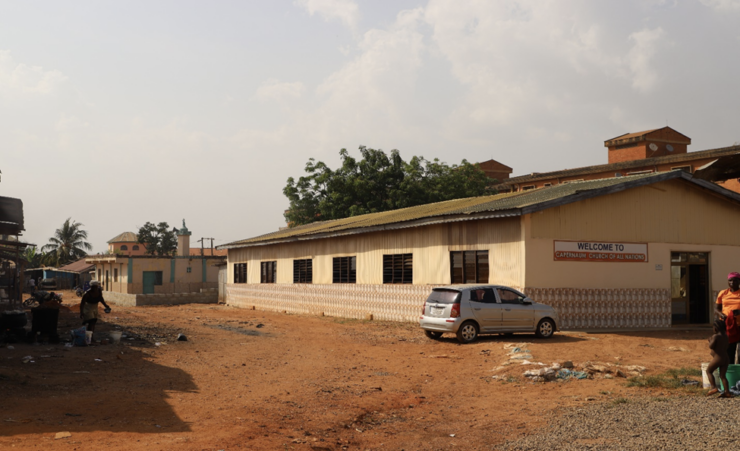
Figure 7: A Church and a Mosque at the Jamaica Market
Contribution to Scholarship
This dissertation makes a number of key contributions to scholarship.
First, the study advances the concept of unfriendly tolerance, a form of muted disapproval toward the religious other that is expressed indirectly and often provoked by seemingly unrelated acts. It is characterised by a silent accommodation of difference, where discontent is contained through subtle forms of resistance such as social distancing or deliberate withdrawal rather than open confrontation. Unfriendly tolerance thus represents a nuanced mode of coexistence that is neither overtly conflictual nor entirely harmonious. It occupies the ambiguous space between peace and tension, accordingly revealing the complex moral and emotional negotiations that sustain plural societies.
Significantly, the study interprets unfriendly tolerance as an embodied technique of coexistence: the body itself becomes the medium through which social and moral boundaries are enacted, managed, and communicated. Gestures, silence, spatial arrangements, and bodily comportment serve as vehicles for expressing acceptance, restraint, or dissent. By foregrounding the materiality and corporeality of coexistence, the concept provides a powerful analytical entry point for understanding how individuals navigate diversity in everyday urban life. It moves beyond binary interpretations of coexistence, such as conflict versus peace, tolerance versus intolerance, toward a more dynamic appreciation of how difference is lived, negotiated, and contained within plural social worlds.
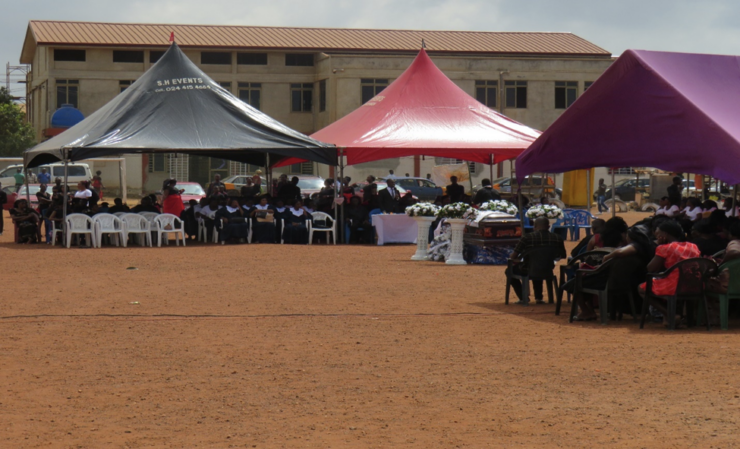
Figure 8: A Funeral Celebration at the Zurak Park at the Libya Quarters (another research site)
Second, the dissertation reframes coexistence as a form of pragmatic negotiation and adaptation within shared social spaces, a perspective it terms pragmatic coexistence (from the thesis statement of the dissertation). This approach offers a critical alternative to both liberal-pluralist and conflict-oriented models of interreligious relations. It foregrounds lived religion: the embodied, relational, and spatial expressions of faith, as central to understanding how religious and cultural differences are made socially manageable and morally meaningful. From this standpoint, coexistence is not anchored in abstract ideals of tolerance or harmony but emerges through the practical negotiations, moral improvisations, and everyday accommodations that enable people to live together amid diversity in the urban environment.
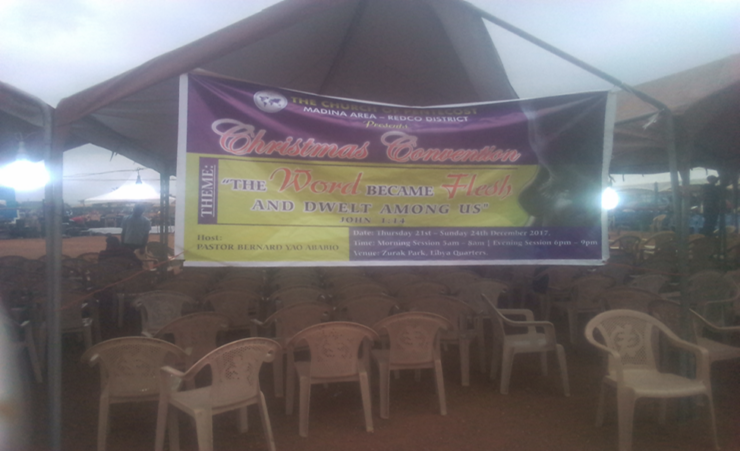
Figure 9: A Church of Pentecost Convention at the Zurak Park
Third, the dissertation extends the historiography of urban studies in Ghana by foregrounding the religious dimensions of urban life as integral to understanding the formation and evolution of city spaces. It demonstrates that patterns of coexistence in Madina are not recent developments but are historically embedded in the processes of migration, settlement, and community building that have shaped Ghana’s postcolonial urban landscape. By tracing how diverse groups, particularly migrants from northern Ghana, the Sahelian region, and neighbouring West African countries, established new forms of social and religious organisation, the study situates Madina within the broader historical continuum of African urban plurality.
In doing so, the research challenges urban historiographies that privilege economic or political narratives while neglecting religion as a formative dimension of city life. It reveals how religious institutions, moral economies, and shared spatial practices have contributed to the making of Madina as both a material and moral community. Through this lens, the dissertation reconceptualises urban history as a field of religious and social interaction, where religion, migration, and everyday coexistence converge to shape the texture of urban modernity in Ghana.
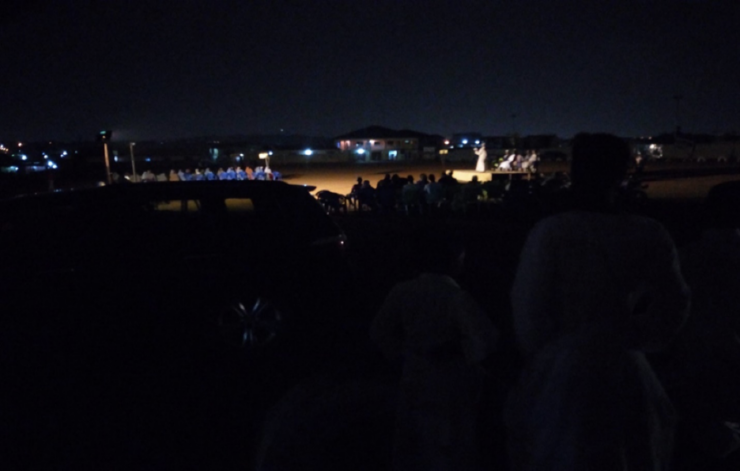
Figure 10: An Evening Khutbah at the Park by Muslims at the Zurak Park
Fourth, the dissertation offers an empirically grounded analysis of how plural urban societies are negotiated and sustained through everyday practices, by demonstrating the crucial role of informal norms, social networks, and shared economic interests in maintaining civic order within diverse urban contexts. By situating daily encounters within the broader moral and economic fabric of the city, the study reveals how ordinary interactions, shaped by reciprocity, obligation, and mutual dependence, function as stabilising forces in contexts of difference.
This analysis extends beyond descriptive accounts of urban diversity to illuminate the social mechanisms and moral logics that underpin coexistence in multi-religious and multi-ethnic settings. It shows that the maintenance of civic order in Madina is less the product of formal governance or institutional design than of localised moral economies, where trust, familiarity, and shared livelihood create the foundations for peaceful interaction. Through this lens, the study contributes to and deepens scholarly debates on conviviality, social cohesion, and the moral economy of African urbanism, while offering insights that resonate beyond Ghana and speak to the broader dynamics of coexistence in plural urban societies across Africa and the Global South.

Figure 11: An All-Night Vigil by Christians at the Jamaica Market
Conclusion
Common Grounds demonstrates that coexistence in Madina is not a fixed or stable achievement but a continuous and dynamic process that is negotiated daily by its residents. This coexistence is sustained through a complex interplay of material necessity, moral reasoning, and historical memory. It is simultaneously resilient and fragile, shaped by both the demands of everyday life and the weight of collective experience. The urban landscape of Madina emerges from this study as a moral and social arena, a space where individuals and communities actively craft shared worlds through compromise, silence, and mutual dependence. These practices, often subtle and understated, reveal that the maintenance of social harmony depends as much on ordinary acts of negotiation as it does on formal structures or policies.

Figure 12: An Itinerant Preacher at Zongo Junction
By tracing Madina’s evolution from its founding to the present, this dissertation highlights how historical forces such as migration, economic transformations, and religious innovations have profoundly influenced the course of daily life. The study challenges simplistic binaries of conflict versus harmony, demonstrating instead that coexistence is a lived, negotiated practice. In Madina, moments of tension and disagreement coexist with collaboration and solidarity, which have been producing a social fabric that is rich, layered, and often improvisational. Coexistence, therefore, is not a passive condition but an active achievement, maintained through creativity, patience, and ongoing engagement with difference.
This work contributes to African urban history and the study of plurality by foregrounding the agency of ordinary people in producing and sustaining social cohesion. It underscores the everyday ingenuity with which residents navigate diversity, manage difference, and generate “common grounds” of understanding. Madina thus serves as both a concrete historical case and a symbol for broader African experiences of social pluralism: learning to live together not through uniformity, but through the careful negotiation of difference, the cultivation of trust, and the creation of shared spaces of belonging, amid mutual suspicions.

Figure 13: Night-time in Madina
The study, therefore, offers a nuanced perspective on African urban life: one that recognises coexistence as both a challenge and an achievement, contingent upon historical circumstance, social ingenuity, and moral imagination. By focusing on the practices that make living together possible, Common Grounds illuminates the resilience, creativity, and adaptability of African communities, reminding us that social harmony is not inherited or guaranteed; it is continually produced, contested, and reimagined.

